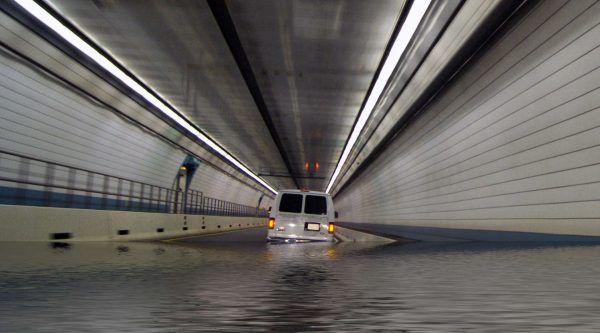What should you do if your car breaks down?
If your car breaks down you need to think about a safe position then getting help.
Breaking down on a road
- Indicate your direction and try to get your vehicle as far off the road as possible by coasting to the left or, if there is no suitable place to pull over on the left but there is on the right, and you can pull over to the right safely, go to the right. Be careful of soft verges, ditches and objects hidden in long grass; a layby is the best option.
- Turn your hazard warning lights on. Don’t turn them on too early as they override your indicators which means other road users won’t know which way you are going. If you are well off the road, you don’t need to use your hazard warning lights. If it’s dark, keep your sidelights on if weather conditions are really bad (e.g. thick fog) and you can’t get fully off the road.
- If you have a hi-vis vest, put it on. If you don’t have any hi-vis, try to wear light-coloured clothing to make you more visible if light levels are low or visibility is poor, e.g. in fog or rain.
- Place a warning triangle at least 45 metres behind your vehicle (if you are on the left) or in front of your vehicle (if you are on the right) unless you are on a motorway.
- Don’t stand between your vehicle or oncoming traffic or in front of your lights.
- If you are causing a danger to other motorists, call the police to come and help you. Or call a breakdown truck or whichever breakdown service you belong to.
- Consider what the weather is like. If you’ve broken down or become stuck because of snow, staying with your vehicle is safest unless you can see a house you can go to for help that is less than a few minutes’ walk (a car is easier to find than a pedestrian)
Breaking down on a motorway

- Pull over to the hard shoulder; you must not stop on the carriageway if you can avoid it. If you have to stop on the carriageway, put your hazard warning lights on and stay in your vehicle until you can get out safely.
- Turn your wheels to the left – if you are hit from behind, your vehicle won’t be shunted back onto the motorway
- Walk to the nearest emergency roadside telephone rather than using a mobile phone. Follow the arrows on the posts at the back of the hard shoulder. These can be precisely located as each one has an individual code. If you can coast to the nearest phone, that will help you as they are spaced approximately one mile apart along the hard shoulder.
- Face traffic when you are speaking on the phone and give them the full details, including whether you need any specialist help. It’s preferable for disabled drivers to use a mobile phone if getting to an emergency phone would be too difficult.
- Don’t place a warning triangle as it impedes emergency services vehicles in the hard shoulder.
- Don’t release animals such as dogs from your car as they could cause another accident if they run across the motorway. If you have to take them out of the vehicle (e.g. it’s hot weather) you must keep them under control on the verge.
- Avoid trying to repair the car yourself if it will put you in danger; people have been hit before trying to change a right-hand side wheel.
- Wait with your vehicle well away from the carriageway.
- If a person stops to help you and you feel uncomfortable or in danger, get in your car by the left-hand door and lock the doors.
Breaking down in a tunnel

- Try to drive out of the tunnel if possible; don’t make a u-turn or reverse, but don’t drive further if you hit floodwaters as it could get deeper
- Turn off your engine but leave the key in.
- If your vehicle catches fire, try to get to the tunnel exit, but don’t put yourself in danger. Stop on the side of the tunnel, put your hazard warning lights on and get out of the vehicle. Don’t open the bonnet as it’ll fan the flames. If you have a fire extinguisher, unlatch the bonnet and spray it through the gap.
- Don’t try to collect your own items as you risk being burned.
- Walk to a safe place and use an emergency phone to call for help.
- Wait in your vehicle or well in front of your vehicle if there’s no other safe place.
Posted in Advice
Recent Posts
- Understanding the National Standards for Riding Mopeds and Motorcycles
- Livestock Transport Rules UK: A Complete Guide to Animal Transportation Requirements
- The Role of Safety Advisers in Dangerous Goods Transport
- Sustainable Driving: Reducing Your Environmental Impact on the Road
- Developing Effective Lesson Plans for Driver Training
- UK Agricultural Vehicle Registration and Tax Relief
- Challenges of Transporting Radioactive Materials (Class 7)
- Exemptions and support for Clean Air Zone charges
- Navigating Legal Requirements: The UK Motorcycle Licensing Rules
- Safe Transportation of Agricultural Chemicals and Hazardous Materials
- Innovations in Vehicle Construction for ADR Compliance
- Motorcycle Recovery Operations: How to Recovery a Broken Down Motorbike
- Alternative Fuels in Agricultural Vehicles
- Carriage of Dangerous Solids in Bulk Containers
- Understanding Limited Quantity Exemptions in ADR